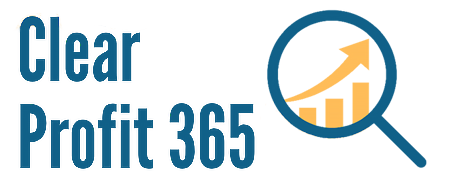Re-Imagining Your Chart of Accounts
The Chart of Accounts is the backbone of your accounting records. It is a list of all of the accounts – bank, loan, asset, revenue, and expense – in your General Ledger, which holds all of your accounting transactions.
Think of your Chart of Accounts as a collection of buckets that hold dollars of items related to your business. Each bucket should be meaningful and have a purpose. For example, if you have three checking accounts, you need three buckets on your Chart of Accounts to hold the transactions for each bank account. It would not make any sense to have more or less than exactly one bucket for each checking account.
While it’s standard to have certain buckets or accounts for assets, liabilities, and equity, the number of buckets that you create for revenue and expenses can vary greatly from company to company. It makes sense to create and design your accounts for what you need for tax, accounting, and decision-making purposes in your business.
Let’s say you are a hair stylist. Do you want your revenue to be in one big bucket? That’s all that Uncle Sam requires. But for decision-making purposes, you may want to break out men’s and women’s services, or cuts versus color and other treatments, or both. In that case, you would have four revenue accounts: men’s cuts, men’s color, women’s cuts, and women’s color. This type of detail would help you see where your revenue is highest so that you can better manage your supplies as well as target your marketing to that group.
Having certain expense accounts matched to the tax requirements can reduce extra work at tax time. For example, separating travel costs – hotel and airfare – from meals and entertainment is a common one, as is keeping meals and entertainment separate.
The goal is to get your Chart of Accounts working for you. If, when you first set up your accounting system, you accepted the default Chart of Accounts, it may be time to redesign and restructure the list so it serves your needs better. Here are some additional considerations.
- What revenue or expenses do you want to watch more carefully? Should they be broken out in more detail? You can also use subaccounts to group transactions.
- Is there cleanup work to do due to misspelling or other duplication?
- Have you interviewed all the financial information users in your company to see how they need the data organized?
- What spreadsheets could be eliminated if the Chart of Accounts was better organized?
- Does your Chart of Accounts support your budgeting process? If two people are responsible for controlling spending from one account, would it be useful to break it out?
- Do you have too many accounts? Or too few? (Most people have too many due to poor data entry hygiene.)
- Are you properly using other categorizing features in the accounting system, such as classes, divisions, and custom fields?
- What reports could produce better information for taking profit-focused actions in your business if the Chart of Accounts stored the transactions differently?
- How could key performance indicators be better linked to the Chart of Accounts?
These questions can help you begin thinking about how your Chart of Accounts can better serve you. After all, it’s your business, your accounting system, and your Chart of Accounts.
And if we can help you through the redesign process, please let us know.
